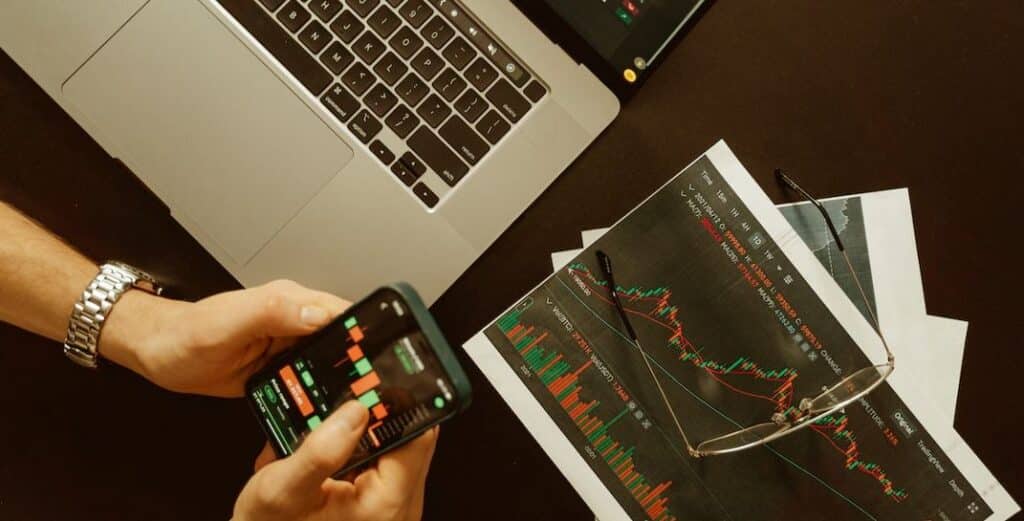DeFi is still a new concept for the market that brings many improvements to the current financial system. DeFi offers many opportunities: trading, lending and yield generation are available to users. Decentralized exchanges (DEXes) allowing for crypto swaps are actively gaining popularity. Still, quotes can differ across different DEXes. To take advantage of DeFi exchange, you can use 1inch, which analyzes hundreds of quotes on DEXes and offers users the best rates for buying and selling crypto assets.
What is DeFi?
When first encountering the term decentralized finance (DeFi), many wonder about its implication. To dive into DeFi, it’s essential to first understand the current financial system’s landscape. Today’s financial world is predominantly centralized, anchored by:
● Banks;
● Financial institutions;
● Stock exchanges.
The centralized financial model frequently faces challenges, including inaccessibility for users in specific regions and lengthy cross-border money transfer processes. Often, the additional costs placed on regular users are rationalized by the system’s overseers as necessary for ensuring the security of funds.
In contrast, DeFi is universally accessible and facilitates instantaneous loans and transfers. Leveraging blockchain technology and fostering peer-to-peer interactions, DeFi delivers services mirroring those of traditional financial infrastructures, but with added efficiency and inclusivity.
Diving deeper into DeFi
Stablecoins are pegged to the fiat currencies, like the US dollar in a 1:1 ratio. Stablecins can be centralized and decentralized. Tether serves as an example of a centralized stablecoin issued by a centralized organization.
DAI is an example of a decentralized stablecoin issued by a decentralized protocol and using other cryptocurrencies as collateral.
Smart contracts allow for the automation of all processes, eliminating the need for people/institutions to oversee them. Additionally, the role and need for intermediaries in various financial processes (lending, buying, selling and others) is eliminated.
Advantages and disadvantages of DeFi
Decentralized finance is rapidly gaining recognition and momentum. The surge in its popularity can be attributed to several advantages:
- Decentralization. With operations rules embedded in smart contracts, there’s no need for centralized management.
- Accessibility. The barrier to entry is solely determined by the program’s complexity. Essentially, anyone can use a decentralized service from all over the world.
- Efficient transactions. Users often benefit from reduced transaction fees.
- No mandatory verification. Decentralized exchanges sidestep the need for personal registrations or data submissions.
- However, like all systems, DeFi isn’t without its drawbacks:
- Liquidity issues. Liquidity on DeFi platforms can sometimes lag behind their centralized counterparts.
- Limited user protection. DeFi projects don’t account for user errors. Any tokens inadvertently sent to scammers aren’t retrievable.
In conclusion, DeFi represents a transformative phase in finance. By integrating cutting-edge technologies and ensuring transactional anonymity, it’s paving the way for traders to grow their assets in a more democratized financial landscape.

